“What bit me?” is the question you might ask yourself if you wake up with bite marks or red bumps around your body. However, identifying the origin of such bite marks could be challenging when the culprit is nowhere to be seen.
Can spider bites look like bed bug bites? A spider bite is a red and inflamed bump and often leaves noticeable piercing marks. Bedbug bites, on the other hand, typically seem like little red dots with darker centers that may enlarge or itch. They are also often found in clusters, either linear or zigzag patterns.
Although most stings and insect bites are harmless, it is essential to identify which blood-sucking creature is responsible for the bite marks to apply proper treatment. This article will discuss how a spider bite may be differentiated from a bed bug bite, how to treat such bites, and how to get rid of these household pests.
How to Tell Bed Bug Bites From Spider Bites?
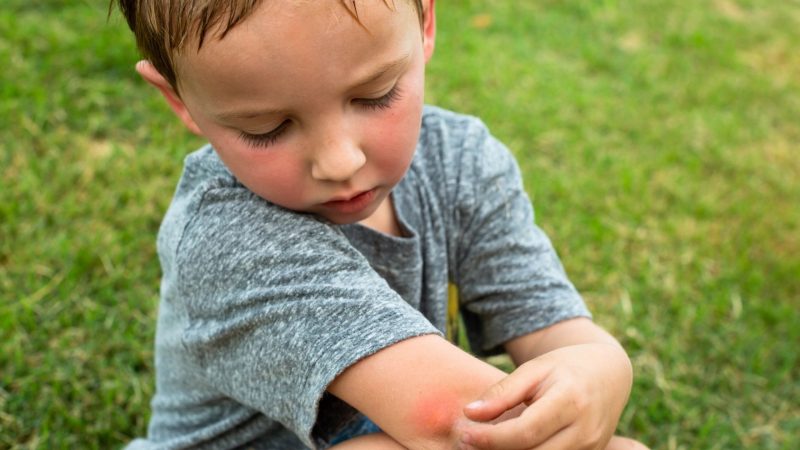
Spiders rarely bite, and when they do, it is usually an act of self-defense. Their bites are comparable to a bee sting: a sharp prick of pain followed by redness and swelling around the area. An indication of a spider bite is the presence of two tiny puncture wounds that are close together. Unless the culprit is a venomous spider, symptoms of spider bite would last from a few minutes to a few hours.
In most cases, spider bites are not dangerous. However, victims who are very young or aged may develop more adverse reactions.
On the other hand, bed bug bites are usually not painful. In fact, people can hardly feel that they are getting bitten by bed bugs. The saliva of bed bugs contains an anticoagulant along with an anesthetic compound, which numbs a person’s skin.
More often than not, people wouldn’t know that bed bugs have bitten them until they noticed the bite marks hours or days after contact. For this reason, clusters of bite marks either in a linear or irregular (zigzag) pattern are a common indication of bed bug bites, as these insects might have been feeding on your blood several times without getting noticed.
Bite marks caused by bed bugs are small, similar to the size of a mosquito bite (slightly swollen and red at the site), and typically found in exposed areas such as arms, legs, neck, and other body parts. Symptoms usually resolve in 1 – 2 weeks.
Detecting the Presence of Spiders and Bed Bugs

Not being able to identify whether a spider or a bed bug bit you is quite common as bite marks may appear similar. In such cases, you should look for additional evidence.
Signs of Spider Infestation

The most common sign that spiders are living inside your home is the presence of spider webs, typically in dark and undisturbed areas such as closets, basements, garages, and attics.
Other indications would be the presence of egg sacs and discarded prey.
Signs of Bed Bug Infestation
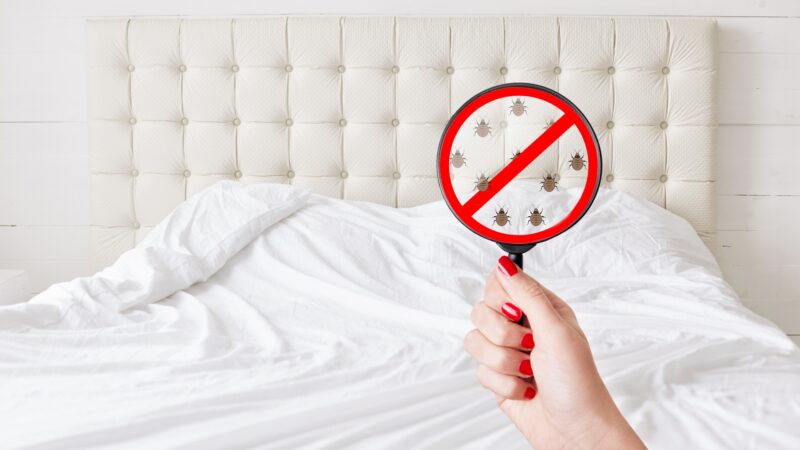
The presence of bed bugs can be detected by inspecting physical signs of infestation. These include the following:
- Rusty-colored, red, or dark red stains on bed sheets and mattresses may be a fecal matter of bed bugs or bloodstains of crushed bed bugs.
- Bed bugs shed their skin as they grow; thus, their exoskeleton (pale yellow in color) would indicate the presence of bed bugs.
- Presence of eggs, which are pale white in color and about 0.04” (1 mm) in size.
Are Spider Bites Usually Itchier Than Bed Bug Bites?
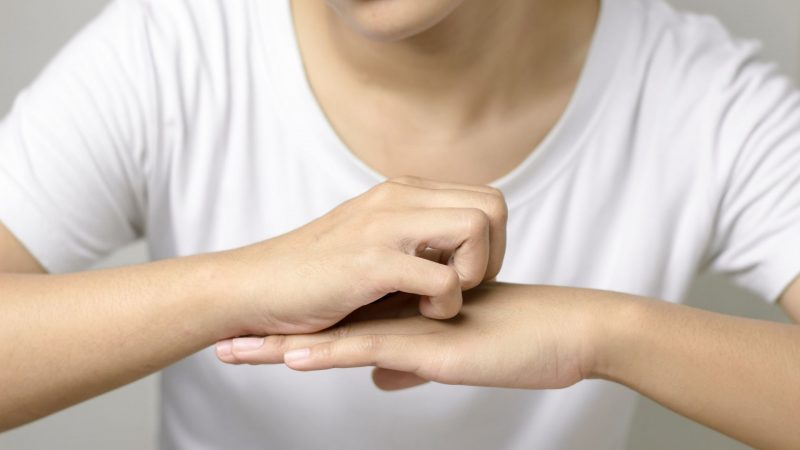
People respond differently to spider bites and bed bug bites. Inspection of the surrounding area is critical to confirm whether a spider, a bed bug, or any other insect bit you.
Spider bites are usually not itchy; rather, spider bites are often painful. When bitten by a spider, immediate pain might be felt along with redness, stiffness, and swelling at the site. Bite marks would appear similar to that of an insect’s bite unless you are bitten by venomous spiders such as the brown recluse, black widow, hobo spider, and tarantula.
On the other hand, bed bug bites could be very itchy and irritating. Multiple lesions often occur due to the presence of multiple bed bugs feeding at the same time. In some cases, the presence of skin bullae or blisters with clear fluid inside can also be observed. Some people also develop other skin problems due to profuse scratching of bite marks.
Do Bed Bug Bites Bubble Up As Spider Bites Do?
The most common signs of spider bites are itching, redness, and swelling at the site. Blisters, however, can be observed if a person was bitten by a venomous spider such as the brown recluse.
Similarly, other people may develop skin bullae or blisters when bitten by bed bugs.
What Time of the Day Can You Get Bed Bug Bites and Spider Bites?
Bed bugs are nocturnal insects. Thus, they would come out of hiding and seek potential victims at night. Although it is very uncommon, some bed bugs would also feed during the day.
After feeding, bed bugs do not remain on the body. Feeding usually lasts for about 4 to 12 minutes; after that, bed bugs would immediately return to their hiding place.
Most spiders are nocturnal, and thus, actively feed at night. However, unlike bed bugs, spiders feed on insects and do not seek out people for a blood meal. Therefore, accidental encounters, such as when cleaning out cluttered areas or picking up items, are the common cause of spider bites.
Although other species of spiders are diurnal, they are also unlikely to bite people unless they are threatened or trapped against the skin.
What Part of Your Body Do Bed Bugs and Spiders Bite?

Bed bugs attack when the victim has retired to bed. These insects would bite a person’s arms, legs, neck, chest, face, or any other exposed areas of the body.
Since spiders only bite humans when they are threatened or disturbed, bites could occur anywhere. The most common cases are on the hands, whereas there are rare cases near the genitalia as some spiders tend to build webs in toilet seats.
What to Do When Bit by Bugs and Spiders?
When bitten by bed bugs or spiders, it is best to avoid scratching the area to prevent any secondary infection. If possible, it is recommended to catch the offending bug or spider to provide appropriate treatment measures.
Bed bug bites are not known to cause serious health risks to humans.
To treat bed bug bites, antiseptic creams or lotions may be applied to prevent infection. In some cases, antihistamines may be taken to reduce itching/swelling and discomfort.
On the other hand, spider bites are not usually harmful to humans. Some might not even exhibit no reaction at all. In any case, bites can also be treated with an antiseptic cream to prevent infection. Ice or a cold compress may also be applied to reduce pain and swelling.
Typically, bite marks or wounds created by both insects would heal on their own. However, if the pain and swelling get more severe after several days, medical attention should be immediately sought.
How to Get Rid of Bed Bugs?
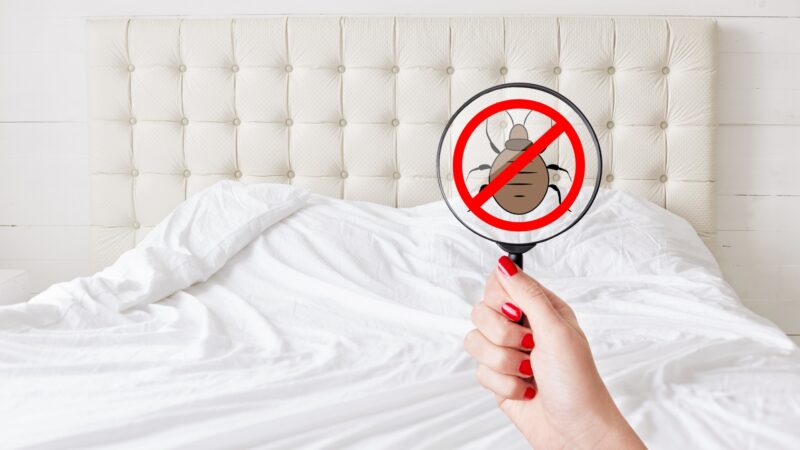
Although bed bugs are not known to transmit infectious diseases, their presence can be more than a nuisance, especially since they live by feeding on human blood. Here are several methods on how you can suppress their population:
Use the “Hunt and Peck” Technique
Bed bugs are small insects, about 1/25 to 1/3 of an inch. They typically hide under objects. Thus, hunting them would require the use of a magnifying lens and a thin object that can fit through cracks and crevices. Once these bugs are out in the open, they can be eliminated by crushing. Dispose of dead bed bugs to avoid other insects from feeding on them.
Use a Vacuum Cleaner
Using a vacuum cleaner may also be effective since bed bugs are highly mobile insects. It is recommended to attach a knee-high stocking over the end of the vacuum tube to prevent the bed bugs from infesting the vacuum.
Once done, remove the stocking, tie it off, and place it in a sealable plastic bag to prevent the bed bugs from escaping.
Use Steam
Bed bugs are highly susceptible to high temperatures. Thus, using a steamer can help eliminate their presence. It is recommended to run the steamer about 3/4” into the fabric and more than 2” into a gap. Narrow nozzles are not desirable as they might blow the bed bugs away from the surface before they are eliminated.
Use Detectors or Interceptors
Because bed bugs are nocturnal, it is quite challenging to locate their hiding place. Placing small plastic dishes under the legs of beds or other furniture would help reveal their presence and prevent them from climbing the legs.
Use Insecticides
The use of insecticides may be effective; however, proper application is necessary to avoid causing harm to humans and pets. When using pesticides, read the label carefully and check whether these chemicals are intended for treating bed bug infestation.
- Kill bed bugs, bed bug eggs, fleas and ticks with Ortho Home...
- This bed bug spray kills even the toughest bed bugs...
- Use this indoor bug killer as a spot treatment around bed frames,...
- Apply insect spray using the included Comfort Wand to target...
- Ortho Home Defense Max Bed Bug, Flea & Tick Killer is a Step 2...
Proper sanitation practices and regular cleaning is still the best way to prevent bed bug infestation. Always inspect areas where bugs may be hiding. Identifying and addressing the presence of eggs and nymphs of bed bugs would also help prevent future infestation.
Moreover, since bed bugs can be transported from place to place, always check your luggage, clothes, boxes, suitcases, and other potential hiding areas when returning from travel.
How to Get Rid of Spiders?
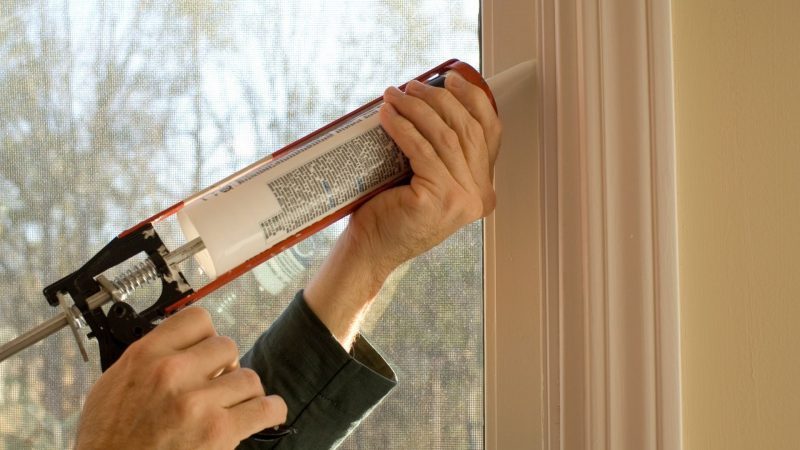
Spiders are typically found outdoors. However, they may find their way inside your home through cracks, holes, and other openings.
Use Caulk
Cover holes, gaps in windows and doors, cracks and crevices in the foundation, and other openings with caulk as these may serve as potential entry points.
Add/Repair Screens
Install screens or repair damaged and broken screens in windows and doors to keep insects out. Since spiders prey upon insects, deterring other insects would discourage spiders from entering your living space.
Clear Out Clutters
Spiders are often found in storage areas that have been left undisturbed for long periods. Clearing out clutters in basements, attics, garages, and closets would make your home unattractive to spiders.
Use a Jar and a Piece of Newspaper
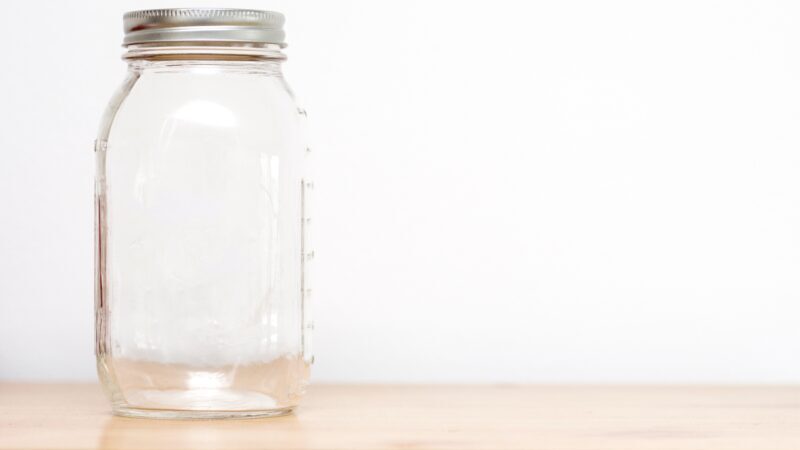
When seen indoors, spiders may be removed by placing a jar over them and slipping a newspaper to seal the mouth of the jar. Once caught, the spiders may then be released outdoors.
Use a Vacuum Cleaner or a Broom
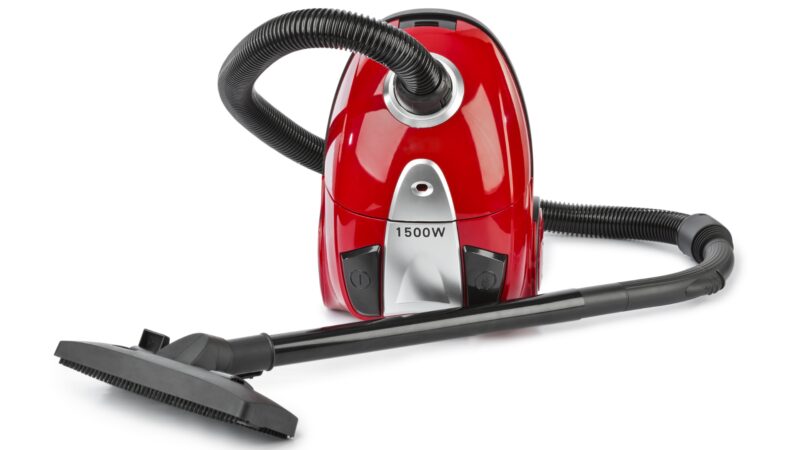
Spiders and webs can be removed by regular dusting, sweeping, or vacuuming in corners of rooms, under furniture, behind pictures, and in other hiding places. When cleaning, remove egg sacs that you may find along with the spider webs. Using a vacuum is more effective as this prevents spiderlings from scattering all over.
Use Sticky Traps
Sticky traps are also widely used to remove spiders and other insects from your home. Eliminating household insects will also lessen the number of spiders. Place these traps in corners, crawl spaces, and other areas where spiders are suspected.
- READY TO USE: Catchmaster Insect, Cricket, Cockroach and Spider...
- YEAR ROUND PROTECTION: The pre-baited insect and roach traps work...
- INDOOR USE: An easy way to detect the efficacy of traps over...
- KEEP PESTS OUT: Our glue traps for bugs & insects are a clean,...
- INTELLIGENT PEST MANAGEMENT: At our core, we are dedicated pest...
Use Insecticides

Using insecticidal sprays will only eliminate spiders if sprayed directly onto them. Thus, using insecticides might not be as effective as other methods.
Nonetheless, residual insecticides containing active ingredients such as bifenthrin, beta-cyfluthrin, and lambda-cyhalothrin may be applied in cracks and crevices, in corners, crawl spaces, and around the perimeter of your home to repel spiders and other insects that they prey upon.
Dust formulations may also be applied, especially in hard-to-reach areas, to provide long-term protection. A more effective use of dust formulations is by applying them directly on spider webs. Since spiders have a habit of recycling silk, chewing their old webs would have them consume the toxicant.
A regular and thorough house cleaning and inspection would help detect the presence of spiders. Frequent vacuuming, especially in areas where spiders may be nesting, could help lessen the number of spiders and prevent future infestation.
List of Sources
Insect & Spider Bites. Alfred University.
Harris, C. (2021). What to Do if You Suspect a Spider Bite. The Ohio State University.
Hawkins, C., Barankin, B. (2010). Answer: Can You Identify This Condition? National Center for Biotechnology Information.
Peairs, F., et al. (2013). Spiders in the Home. Colorado State University.
How to Find Bed Bugs. United States Environmental Protection Agency.
- How to Get Rid of Copperheads | Practical Guide - August 27, 2023
- How to Get Rid of Corn Snakes | What Makes Them Aggressive? - August 27, 2023
- How to Get Rid of Alligators | Safety Measures and Removal Methods - July 16, 2023


